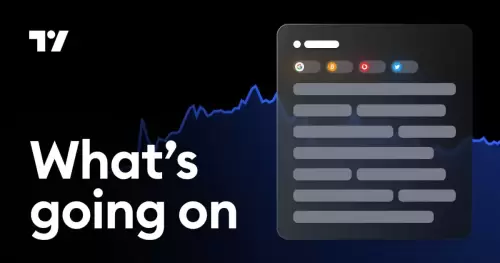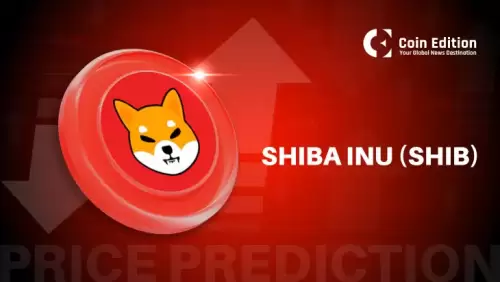ZeroHash integrates with Polkadot, unlocking new possibilities for stablecoins and cross-chain applications. Is this the future of blockchain interoperability?

ZeroHash, Polkadot, and Blockchain Integration: A New Era for Web3?
The buzz around 'ZeroHash, Polkadot, Blockchain integration' is getting louder. ZeroHash's support for DOT and stablecoins on Polkadot signals a major step forward.
ZeroHash & Polkadot: A Perfect Match?
ZeroHash, a prominent crypto infrastructure platform, recently announced full support for DOT (Polkadot's native token) and stablecoins like USDC and USDT on the Polkadot blockchain. This integration extends to Polkadot's Asset Hub, a parachain designed for managing stablecoins and other fungible assets. This move could be a game-changer for the Polkadot ecosystem.
Why Polkadot?
Polkadot's modular Layer 0 blockchain facilitates secure and scalable interoperability across a network of independent rollups. Its active developer ecosystem and substantial on-chain treasury support cross-chain applications in DeFi, payments, and asset tokenization. ZeroHash's support also includes DOT staking and validator participation, further securing the network.
What ZeroHash Brings to the Table
Edward Woodford, CEO and Founder of ZeroHash, emphasizes the simple integration they've created for developers and the Polkadot ecosystem. ZeroHash aims to provide an easy pathway for platforms to launch on-chain products within Polkadot without the complexities of managing blockchain infrastructure, validator operations, or regulatory licensing. This aligns with their focus on cross-chain interoperability and broad accessibility.
Industry Perspective
Nicolas Arevalo, CEO of Velocity Labs, sees the partnership with ZeroHash as a natural fit, given Polkadot's strengthening position as a leading Web3 platform for stablecoins. He anticipates that ZeroHash's leadership in stablecoin infrastructure will unlock novel and impactful use cases on Polkadot.
A Broader Look at Blockchain Innovation
While ZeroHash and Polkadot are making waves, it's worth noting the broader trends in the crypto space. Projects like Bitcoin Solaris are attempting to bring blockchain technology to a wider audience through mobile mining and user-friendly interfaces. While the article about Bitcoin Solaris is sponsored and should be taken with a grain of salt, it highlights the industry's ongoing efforts to improve accessibility and user experience.
The Future is Interoperable
The integration of ZeroHash with Polkadot underscores a critical trend: the future of blockchain is interoperable. As different blockchains find ways to communicate and share assets, the potential for innovation and growth explodes. ZeroHash's move simplifies this process, making it easier for developers to build cross-chain applications and for users to access a wider range of crypto services.
Final Thoughts
So, is this the dawn of a new era for Web3? It certainly feels like it. With key players like ZeroHash and Polkadot collaborating to break down the walls between blockchains, the possibilities seem endless. Buckle up, folks – it's going to be an interesting ride!
Disclaimer:info@kdj.com
The information provided is not trading advice. kdj.com does not assume any responsibility for any investments made based on the information provided in this article. Cryptocurrencies are highly volatile and it is highly recommended that you invest with caution after thorough research!
If you believe that the content used on this website infringes your copyright, please contact us immediately (info@kdj.com) and we will delete it promptly.












































































